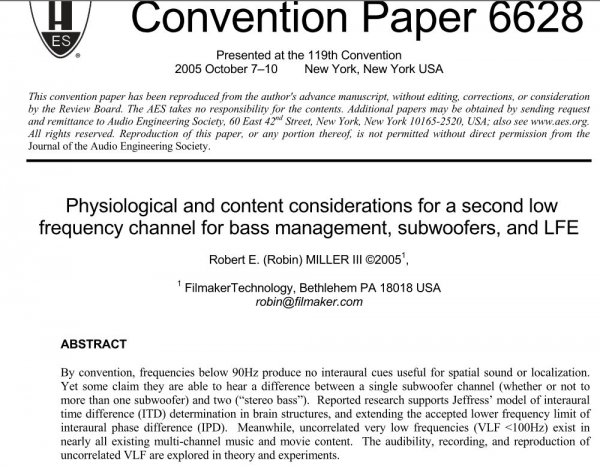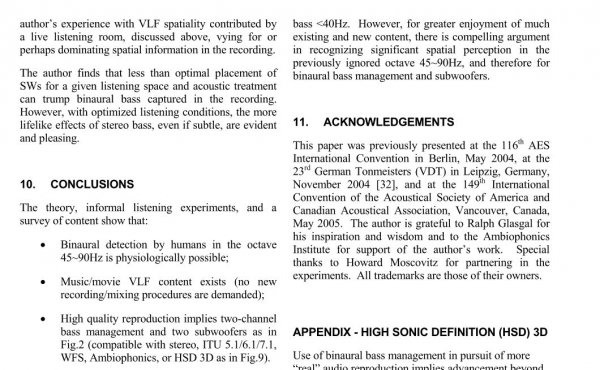The bane of electrostatics is getting good bass
CLX go down to 50 hz little below
They have a lot of mid bass in 60-90 zone
With i think a resonate mode at 70
Getting deep bass to integrate is hard, as you fill in the bass with subwoofers the 70 hz peak seems to thicken the otherwise lithe bass/midbass
Thanks to this site, Nyal and Earl Geddes:-
I have experimented with four subwoofers
In my largish room 13 metres by 6.5 metres by 2.5 metres
I run a idescent with clx cross over at 30
This is run from an external digital crossover with super tweeter cutting at 16khz as an ambience driver
using peq i cut the 70 hx peak by 10 db 1/10 octave
i run delay of 12 msec which i tuned by ear
three other subwoofers slave off this
one centrally running back at the idescent which is in plane of clx speakers
and two others on rear walls running destructively one for each panel in stereo straight back at them(clx)
Measurements show bass between peaks from room modes filled in and peaks smoothed
The clarity and depth and speed of bass is wonderful and beautifully integrated
Very happy
CLX go down to 50 hz little below
They have a lot of mid bass in 60-90 zone
With i think a resonate mode at 70
Getting deep bass to integrate is hard, as you fill in the bass with subwoofers the 70 hz peak seems to thicken the otherwise lithe bass/midbass
Thanks to this site, Nyal and Earl Geddes:-
I have experimented with four subwoofers
In my largish room 13 metres by 6.5 metres by 2.5 metres
I run a idescent with clx cross over at 30
This is run from an external digital crossover with super tweeter cutting at 16khz as an ambience driver
using peq i cut the 70 hx peak by 10 db 1/10 octave
i run delay of 12 msec which i tuned by ear
three other subwoofers slave off this
one centrally running back at the idescent which is in plane of clx speakers
and two others on rear walls running destructively one for each panel in stereo straight back at them(clx)
Measurements show bass between peaks from room modes filled in and peaks smoothed
The clarity and depth and speed of bass is wonderful and beautifully integrated
Very happy
Last edited:















